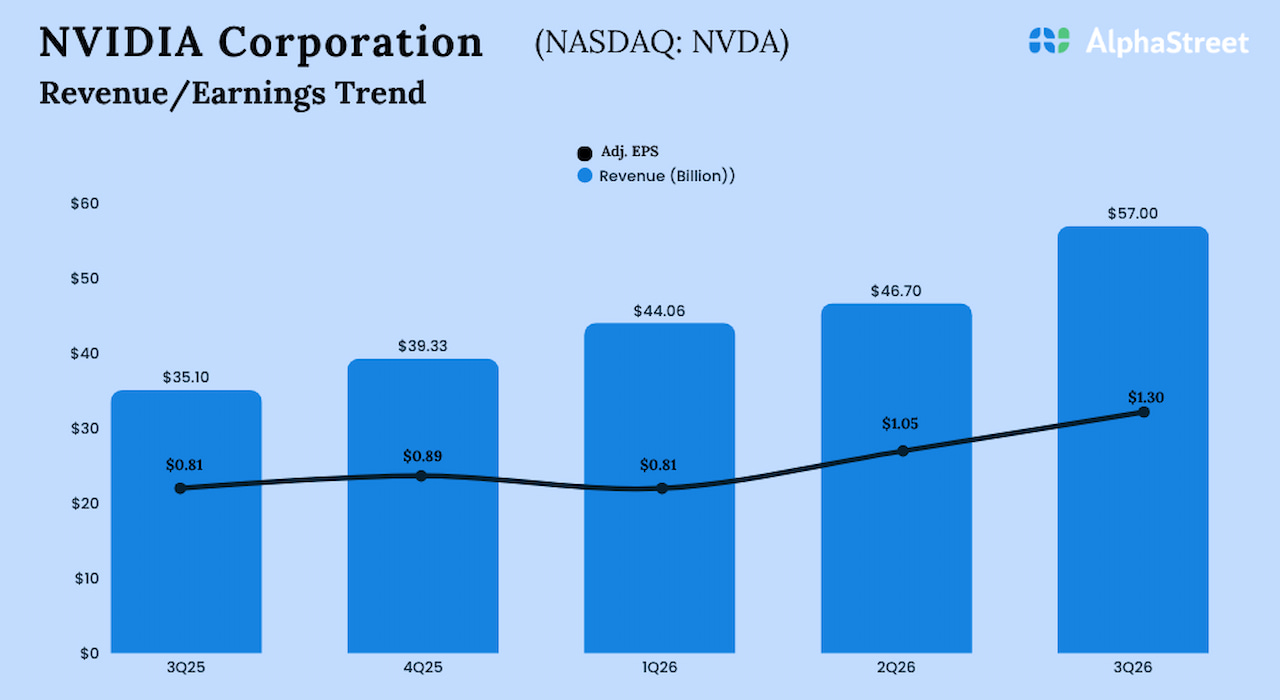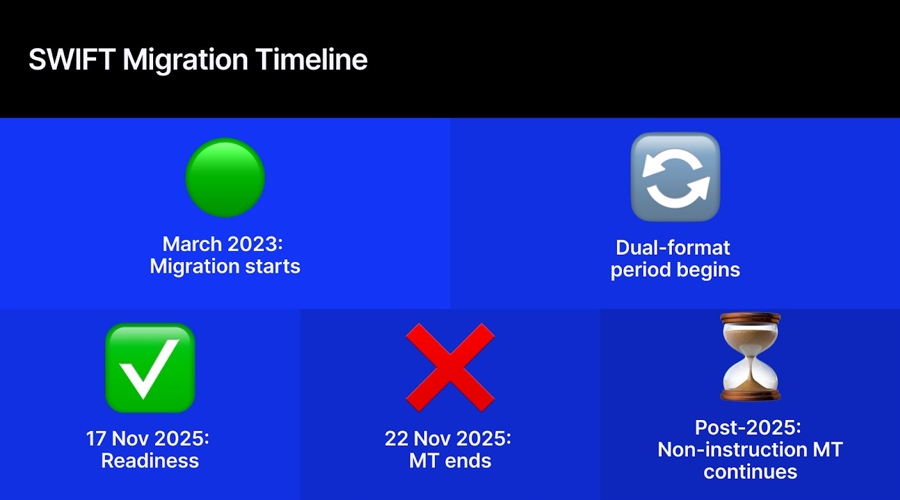The regtech space is in for a major shake-up, with the FCA‘s new Consumer Duty regulations coming into effect in two months. This presents an opportunity for financial institutions to adopt a new approach to compliance and regulation.
Having discussed the latest regtech standards and developments, in addition to the growing role of compliance, our focus now turns to the evolution of suptech. Supervisory tech, or suptech for short, is essentially technology that allows regulators to ensure compliance. To get a better understanding of the impact suptech can have, we sat down with Andrew Latham, managing editor at Supermoney.com.
What role can fintechs play in helping regulators keep up with the rapid pace of tech innovation (using suptech)?
As the fintech landscape evolves at a breakneck pace, regulators face the daunting task of keeping up with rapid technological advancements. Fintech companies can play a pivotal role in bridging this gap by embracing supervisory technology (suptech) solutions.
By leveraging their expertise in developing cutting-edge technology, fintech, can collaborate with regulators to create innovative suptech tools. These tools can automate data collection and analysis, enhance risk assessment, and improve overall regulatory efficiency.
Furthermore, fintech can assist regulators in understanding the implications of new technologies and business models, allowing for the development of more effective and forward-looking regulations that maintain the stability and integrity of the financial system while fostering innovation.
How can suptech be used to promote financial inclusion?
Suptech has the potential to promote financial inclusion by enabling regulators to identify underserved segments of the population and monitor the effectiveness of financial inclusion policies. By leveraging big data analytics, AI, and machine learning, suptech solutions can provide regulators with valuable insights into consumer behaviour patterns and financial access barriers.
This information can help regulators and policymakers develop targeted strategies to address financial exclusion, such as tailored regulations, incentives for financial service providers, and the promotion of digital financial services. Suptech can also enhance the monitoring of financial institutions, ensuring they comply with consumer protection and anti-discrimination rules, thus fostering a more inclusive and fair financial system.
How can suptech help regulators ensure that they can still effectively supervise financial institutions?
It can significantly enhance regulators’ ability to supervise financial institutions by providing real-time, data-driven insights into potential risks and vulnerabilities. Suptech solutions can automate and streamline reporting processes, reducing the administrative burden on both financial institutions and regulators. This automation enables a more efficient allocation of resources, allowing regulators to focus on higher-risk institutions and activities.
Additionally, suptech tools can enhance risk modelling and predictive analytics, improving regulators’ capacity to identify emerging risks and trends. These advanced capabilities can support proactive supervision, reducing the likelihood of financial crises and ensuring the stability and integrity of the financial system.








































 Francis Bignell
Francis Bignell